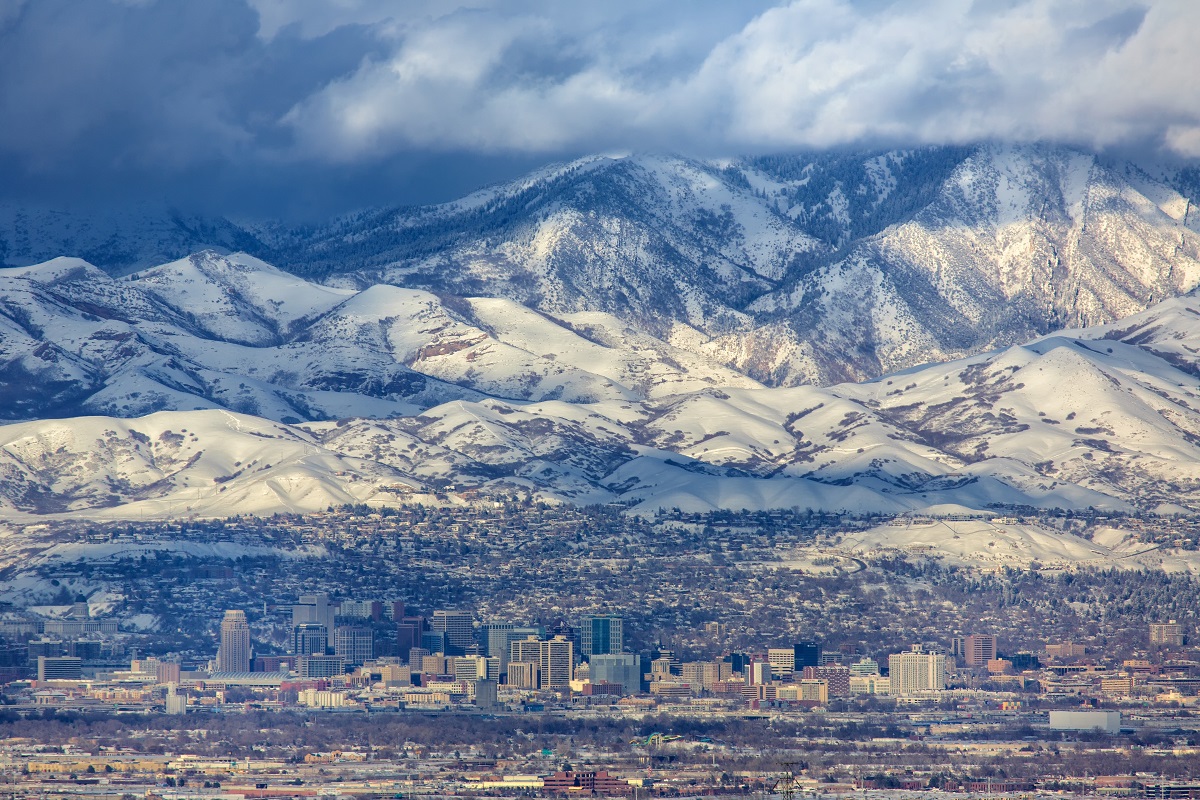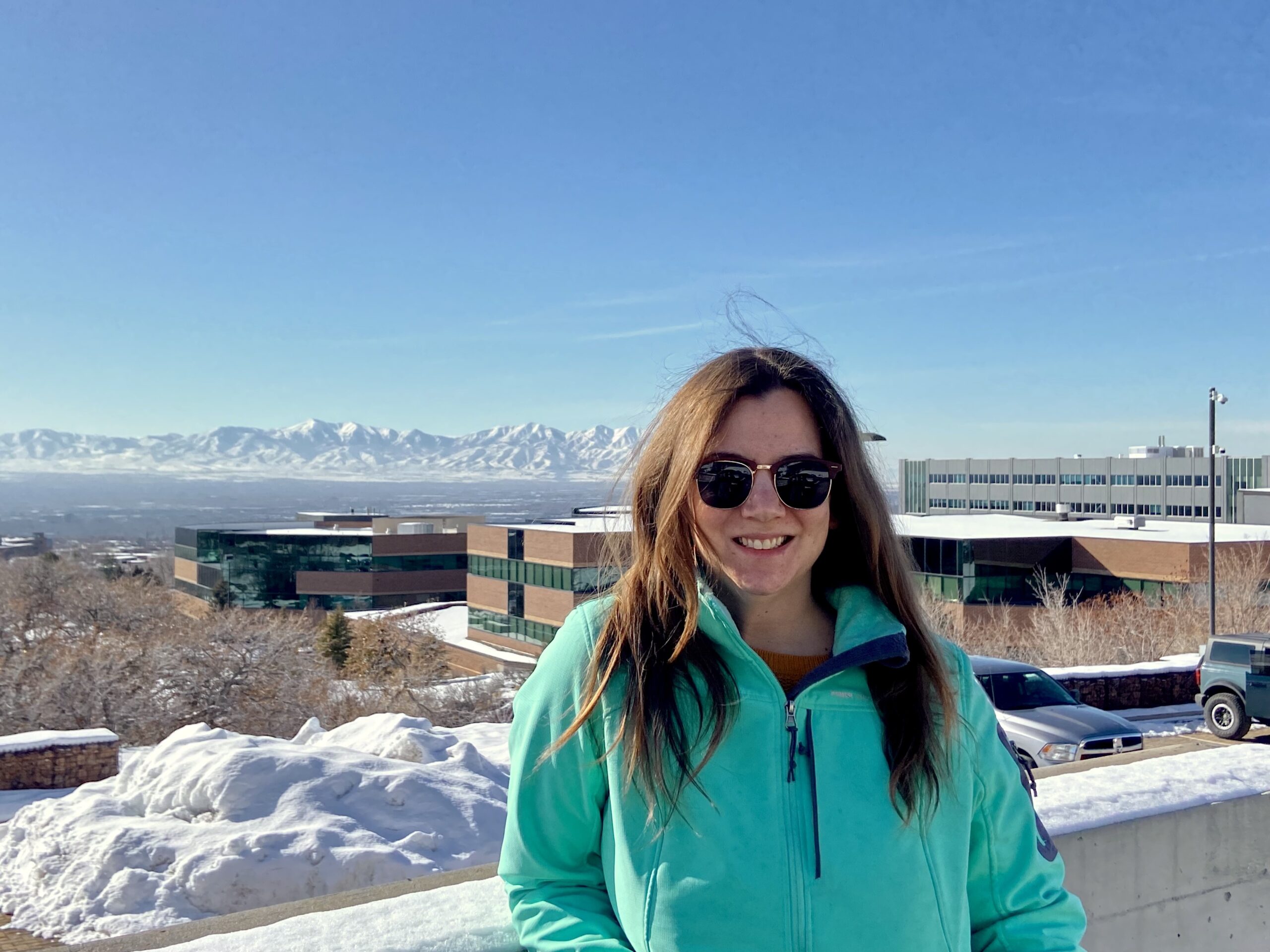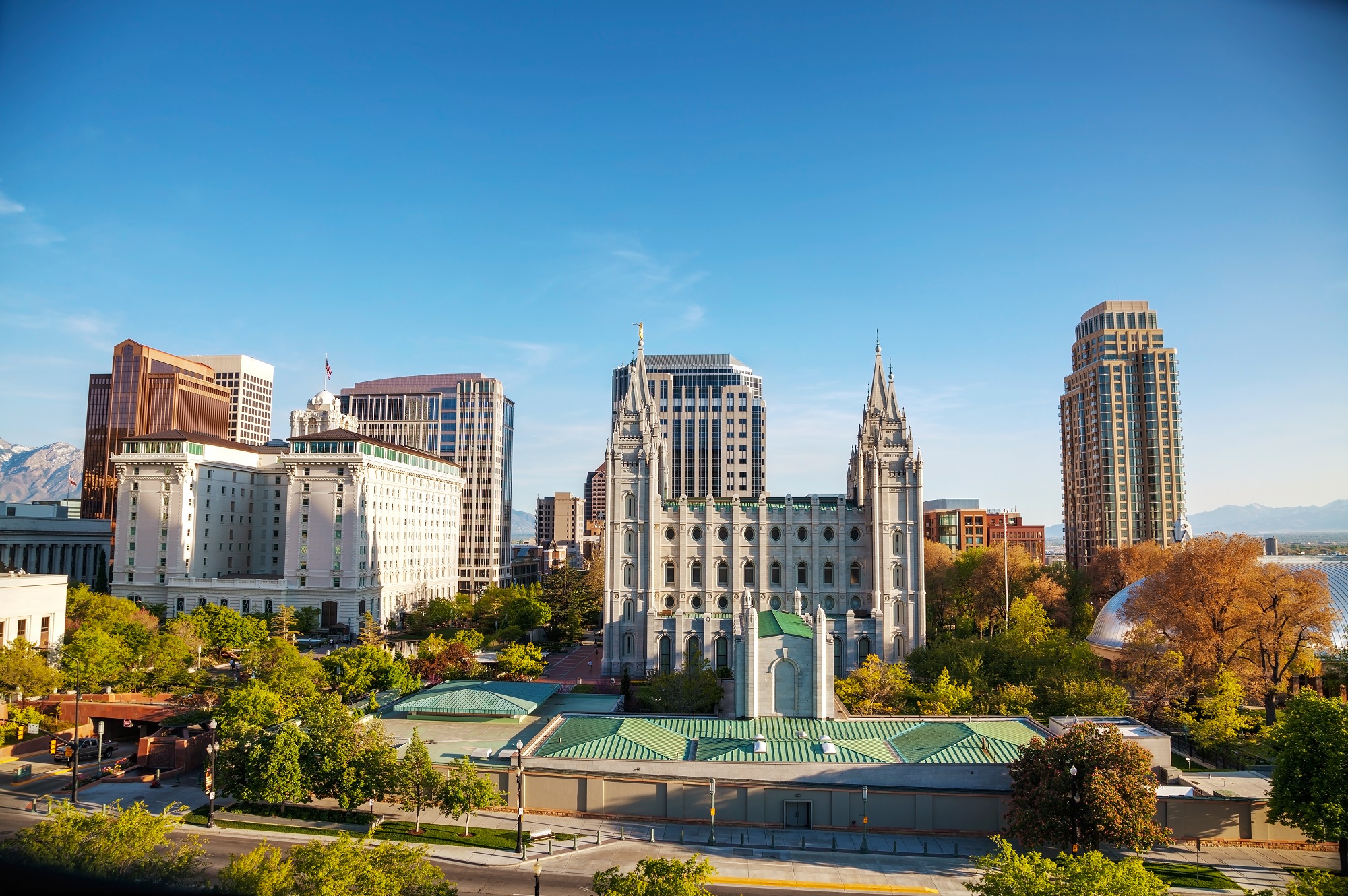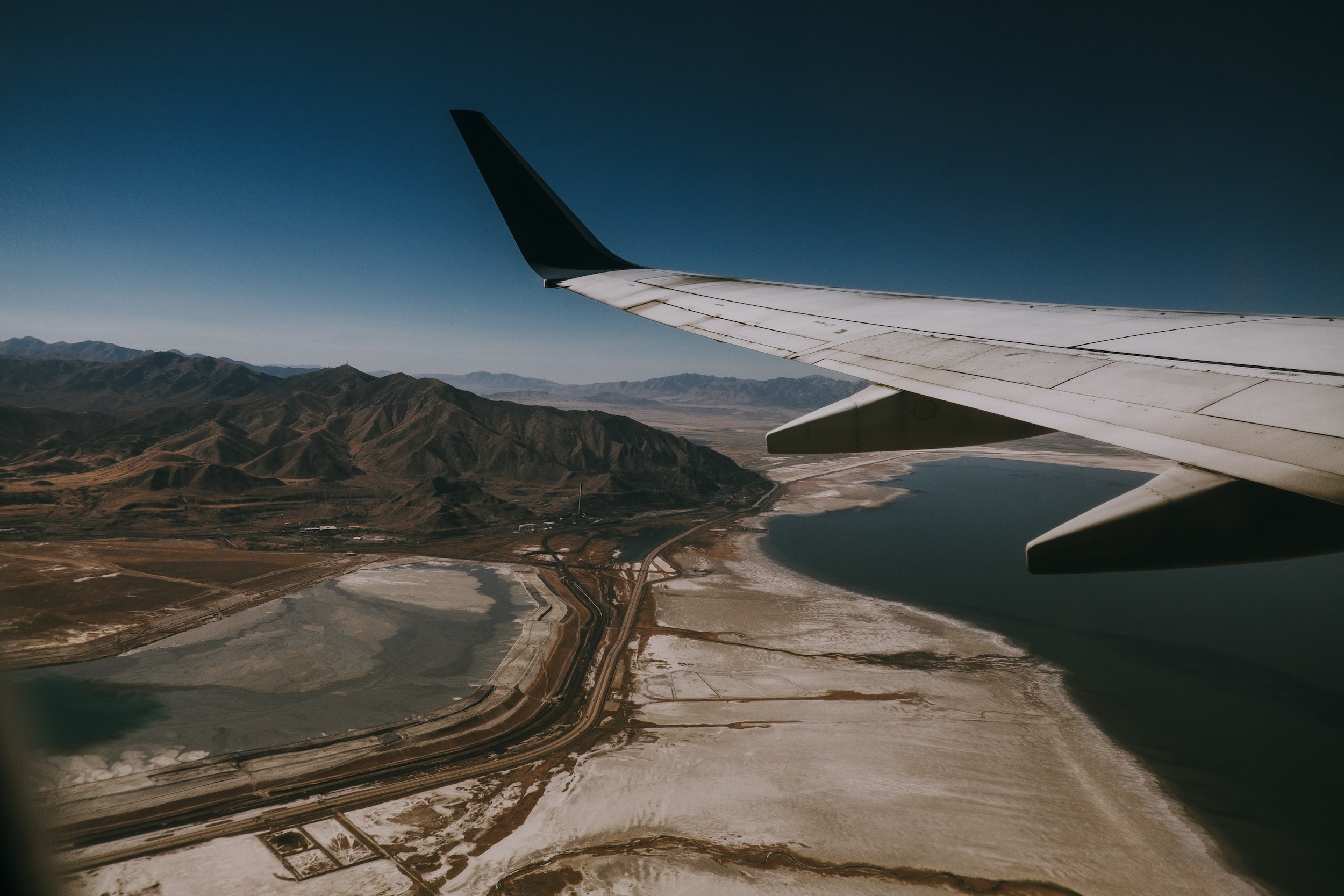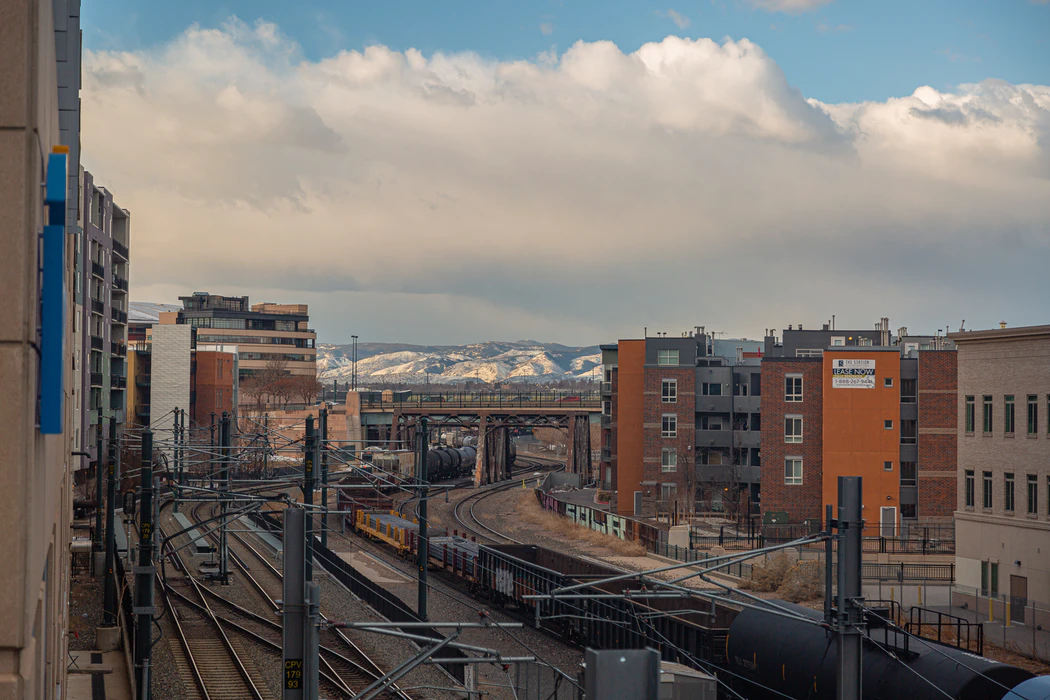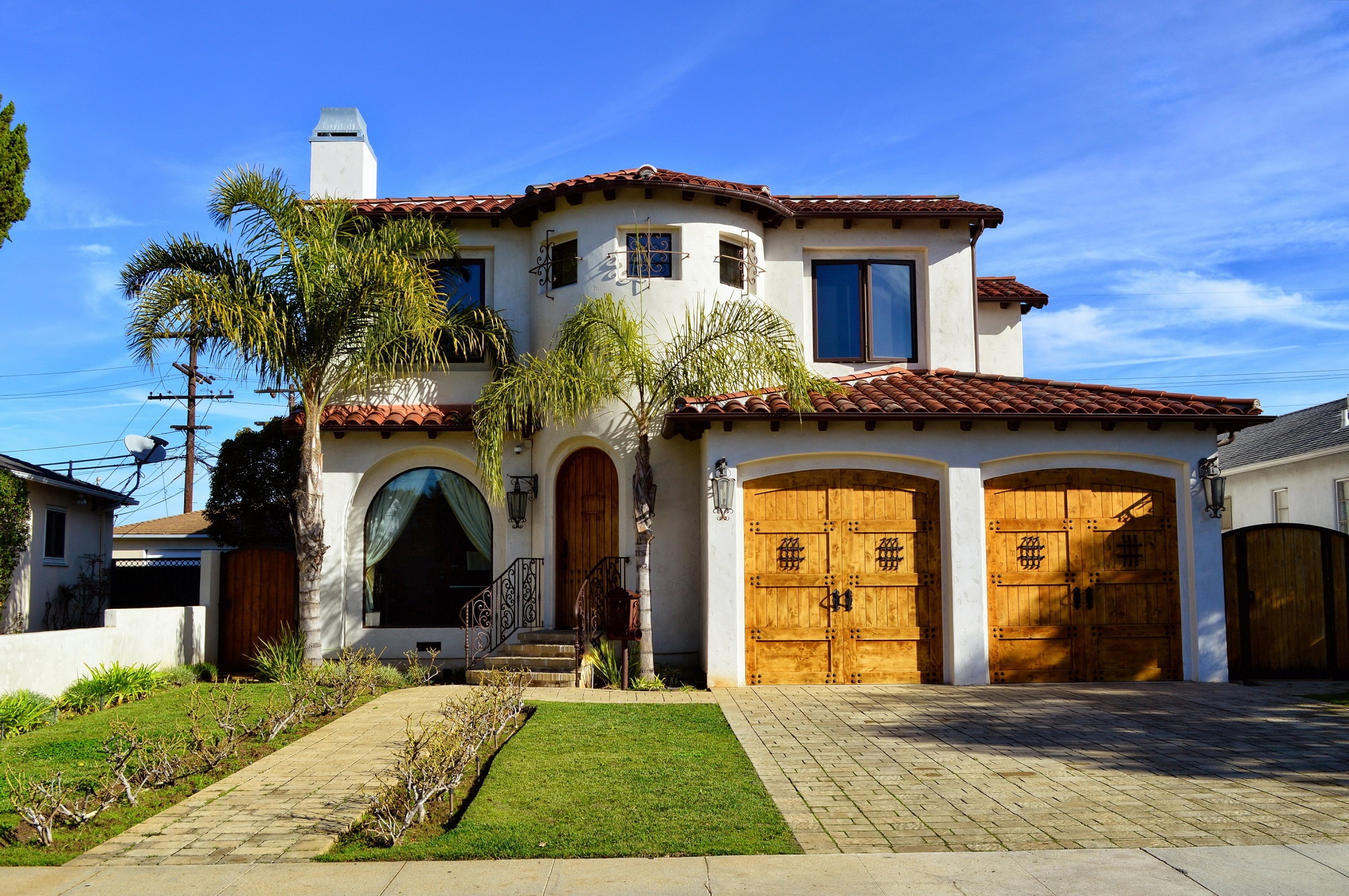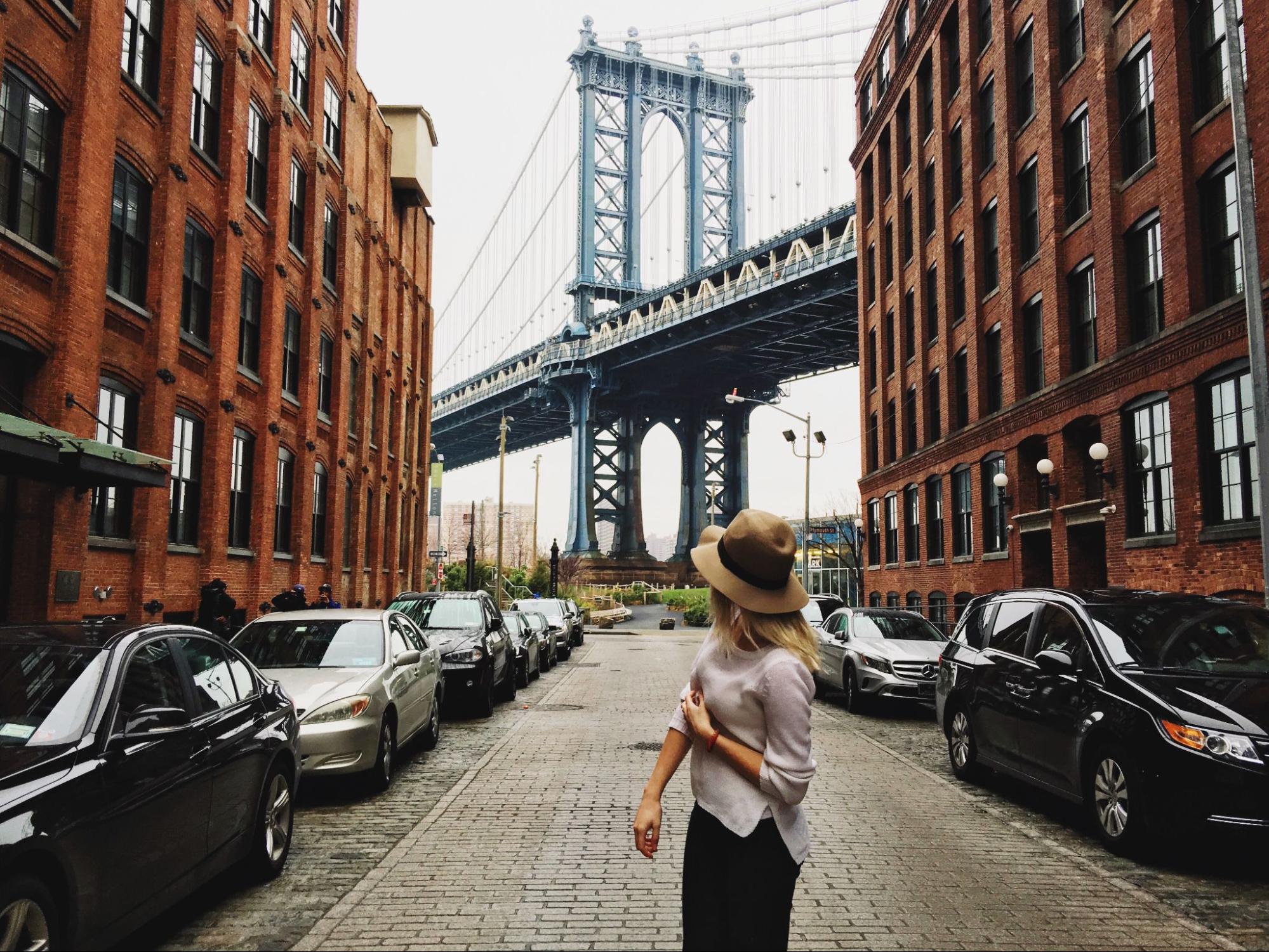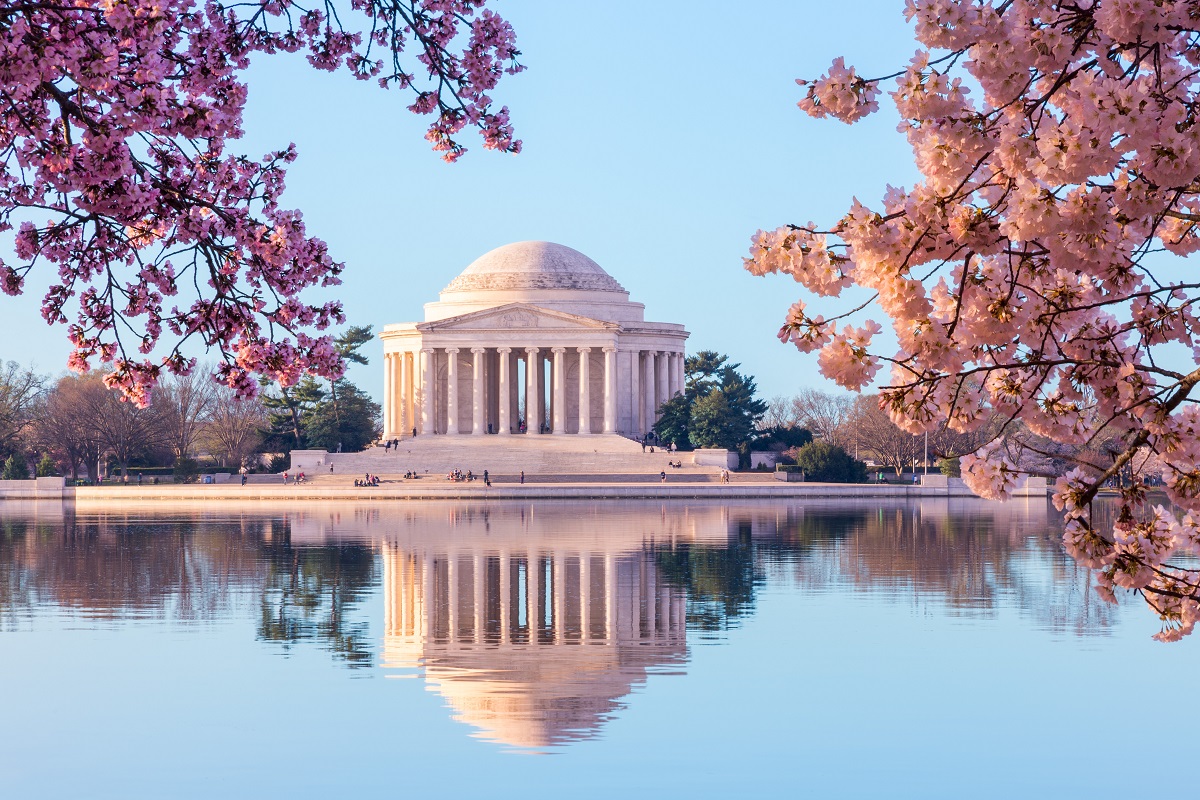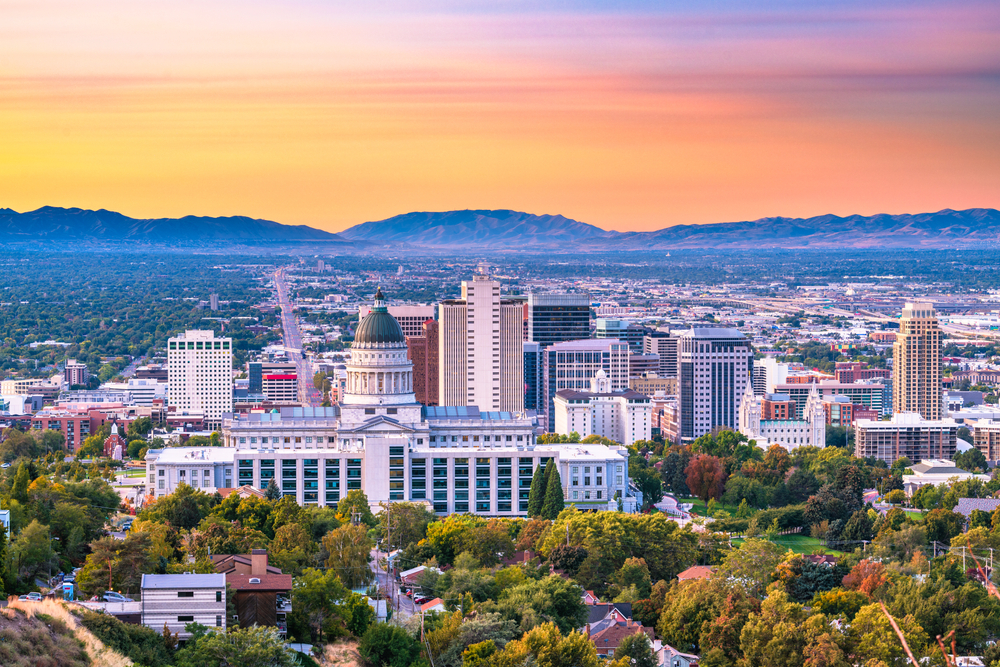
The Ultimate Guide for Moving to Salt Lake City
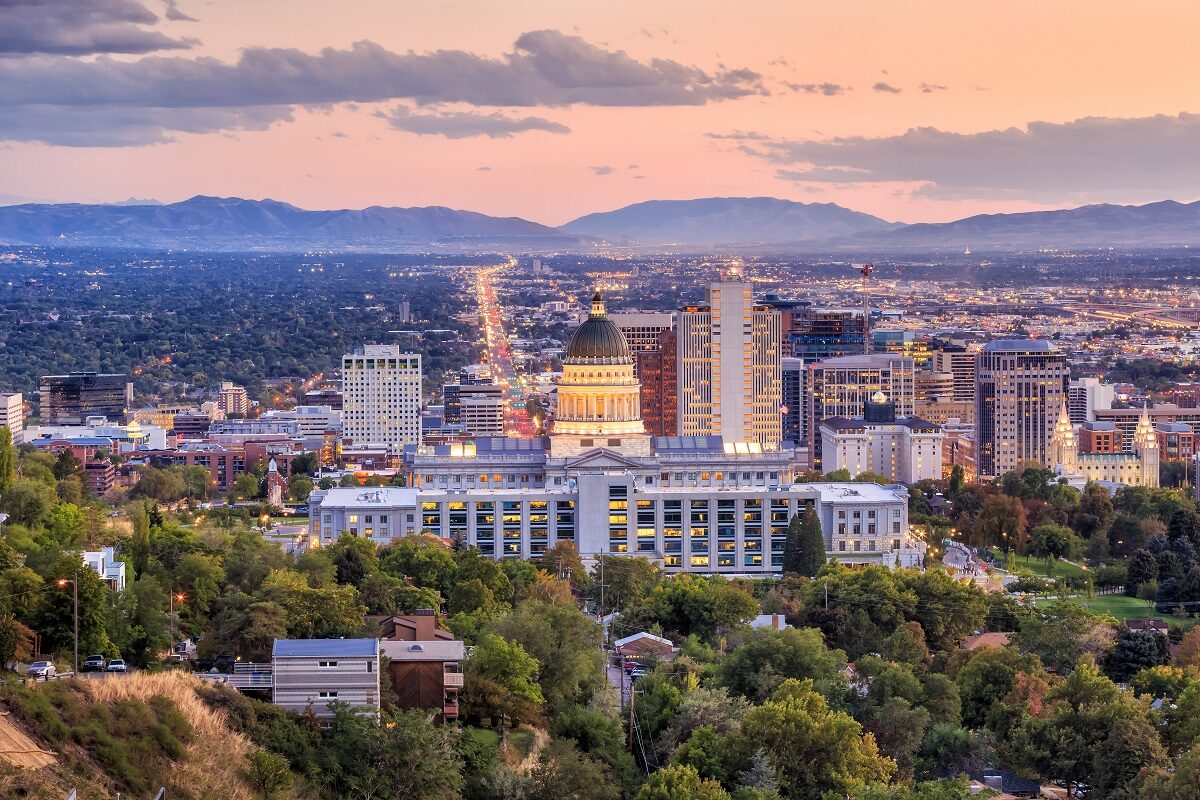
Do you remember what it was like the last time you moved? While it was probably exciting, there’s a good chance it was also stressful. Maybe you found yourself wishing that you had a handy guide to help you as you got settled in your new home. Lucky for you, Landing has created just that guide for moving to Salt Lake City Utah. Before you sign that new lease or pack a single box, you’ll want to learn a little bit more about the city. Here’s an overview of everything you need to know before moving to Salt Lake City.
1. Get to know your new city
As you start to look for a fully furnished apartment, you’ll also want to look what to do for fun in Salt Lake City. Your friends and family will probably all want to weigh in saying, “Everyone there loves the outdoors, so your new friends will always want to go hiking,” and “A lot of Mormon people live there,” are some common things you’ll hear. However, those aren’t the only things that stand out about this amazing city.
Four seasons of weather
In Salt Lake City, you’ll be able to enjoy all four seasons. This means it’s the perfect city if you want everything from falling leaves and snow flurries, to sunshine and spring flowers. Here’s a breakdown of what you can expect from the weather in Salt Lake City.
- More sunshine than most cities: If you love sunshine and can’t stand clouds, Salt Lake City could be a great place for you. While the U.S. average for sunny days is 205 days each year, Salt Lake City boasts an average of 222 sunny days per year.
- Less rain but more snow than other U.S. cities: In the United States, the average rainfall is 38 inches per year. However, Salt Lake City gets almost half of that amount with an average of 20 inches annually. Don’t think that Salt Lake City is under the U.S. average for all forms of precipitation, though. If you love snow, you’re in luck! The city gets an average of 54 inches per year. This is compared to the U.S. average of 28 inches of snow. Head to the nearest ski resort and hit the slopes with your friends.
- Enjoy highs and lows with the temperatures: The summers in Salt Lake City tend to be a bit hotter than the U.S. average. The city enjoys an average high temperature in July of 91 degrees Fahrenheit, compared to the U.S. average of 85.8 degrees. As for the average winter temps, Salt Lake City is also a little warmer. Salt Lake City’s average January low temperature is 23.3 degrees versus 21.7 degrees as the U.S. average.
- Winter inversions are a thing: You may notice a thick fog hovering over the city on some winter mornings. This is known as a winter inversion, and it occurs when layers of cold air become trapped underneath warm air layers. It’s a common occurrence, especially after a snowstorm. However, the lower layers can contain pollution, so you’ll want to be careful on these days if you have a lung condition.
All this weather information means you’ll need to have a wardrobe that contains everything from a coat and snow boots to t-shirts and shorts. During the fall and spring, it can be helpful to dress in layers so that you’re prepared for any temperature swings throughout the day.
National parks are nearby
People are moving to Salt Lake City to enjoy the great outdoors for a good reason. The city has the “Greatest Snow on Earth” in the Wasatch Mountains, as well as world-famous resorts like Powder Mountain and Sundance within one hour of Salt Lake City. Fun fact: the Sundance Resort has held the Sundance Film Festival over the years. Not only that, but five national parks in Utah are within a five-hour drive from the city.
- Arches National Park: Known as “a red-rock wonderland,” Arches offers a landscape of amazing colors, landforms and textures that you won’t see anywhere else in the world. With more than 2,000 natural stone arches and hundreds of other incredible rock formations, you’ll be in awe of the natural beauty as you hike the park’s trails.
- Bryce Canyon National Park: This national park allows you to take in red rocks and pink cliffs as you hike the trails or take one of the scenic drives. As you explore the park, you’ll see the world’s largest concentration of hoodoos or irregular columns of rock.
- Canyonlands National Park: If you love hiking and exploring, you’ll love this national park. This park contains countless canyons and buttes that were formed by the Colorado River and its tributaries. There are four different districts of the park, but they all share a desert environment.
- Capitol Reef National Park: Known as the Waterpocket Fold, this park is in the heart of red rock country. At almost 100 miles long, this geologic wrinkle on the earth contains cliffs, canyons, domes and bridges that you can hike and explore. Best of all, some trails allow you to bring your furry friend.
- Zion National Park: You can enjoy hiking and camping in Utah’s first national park. The park contains colorful sandstone cliffs and paths where ancient people and pioneers once walked.
These natural wonders of Salt Lake City and Utah state are sure to become a beloved part of your life in the city.
2. Learn more about the residents
Salt Lake City is known for its Mormon roots. After all, it was founded by Brigham Young in 1847 as a place for Mormons to practice their religion without the fear of persecution. Today, you’ll still see the Salt Lake Temple in Temple Square in the downtown area. However, there has been a massive influx of new residents. This means only about 50% of the residents identify as Mormon or LDS. So, who has been moving into the city, and what inspired them to call Salt Lake City home?
- Young professionals: Utah is the youngest state in America because college grads and young professionals are moving there for career opportunities and corporate relocation. Salt Lake City boasts a 3.9% unemployment rate, thanks to the steady growth of government, retail, healthcare, and tech jobs. The tech boom has earned the city the title of the Silicon Slopes.
- LGBTQ+ residents: Salt Lake City has become a queer-friendly city with a large LGBTQ+ population. The 35th mayor, Jackie Biskupski, was the city’s first openly lesbian mayor. The city also hosts the Utah Pride event.
- Asian American and Hispanic populations: Over the years, Salt Lake City has also attracted residents who are Asian American and Hispanic, which has helped make the city even more diverse.
These people are moving to Salt Lake City for the thriving job market, friendly people and natural beauty. They also enjoy exceptional public and private education as well as a wide variety of neighborhoods. The city contains everything from quiet, residential communities and neighborhoods to trendy areas with exciting nightlife.
Wondering if you can afford a move to Salt Lake City? Learn more in our blog post, “What Is the Cost of Living in Salt Lake City, Utah?”
3. Become familiar with navigating the city
Moving to Salt Lake City means you’ll have to learn a unique street numbering system. It might seem strange at first, but it’s easy to get the hang of. The city’s grid is based off the Salt Lake Temple. Temple Square is surrounded by North Temple, South Temple, West Temple and Main Street. The starting point, or point zero, is where South Temple and Main Street come together. From there, each street name tells you how far east/west and north/south it is from this starting point. Navigating the city as a Salt Lake City resident involves more than just knowing its numbering system. You’ll also need to know about options for biking and public transit.
- Public transit: Salt Lake City is focused on sustainable living, so it’s easy to find public transportation options. There’s a light rail system that travels between the neighborhoods, suburbs and even the airport. You can find the commuter train FrontRunner that allows you to travel from Ogden in the north to Provo in the south. The city also offers UTA buses to help you get around the metro area and to ski resorts.
- Biking: Many people own their own bikes for commuting using the city’s bike lanes. It’s also common for people to go mountain biking. If you don’t have a bike of your own, you can rent one through the city’s bike sharing program, GreenBike.
These transportation options mean that you can help save the environment, and you won’t need to have a car when you’re moving to Salt Lake City. For example, if you want to get away for a few days, consider visiting nearby cities like Park City or Provo. They are both a short 45-minute drive away, and you can get there with transportation services.
4. Find your next apartment
Clearly, Salt Lake City is the up-and-coming place to live. However, because the city is so popular, it can be difficult to find your next apartment. Before moving, read more about the pros and cons of living in Salt Lake City. Whether you are looking for apartments in downtown Salt Lake City or a neighborhood in the suburbs, Landing can take the hassle out of apartment hunting and can help you find where to live in Salt Lake City. When you choose Landing, you don’t have to worry about deposits or long-term leases. You can just come to Salt Lake City and move into one of our beautiful, fully furnished apartments with all the basics you need for comfortable living. It’s the best way to take the stress out of moving. Take the next step and find your fully furnished apartment in Salt Lake City.

